Every large structure built as part of the I-4 Beyond the Ultimate project must have a solid foundation to support its massive bulk.
Instead of the familiar concrete-block foundation of a typical house, interstate structures rely on underground pillars made of concrete or steel — known as piles.
Piles are long, vertical structures made of steel or concrete that are placed deep into dense layers of the ground to support various structures. Piles often must be sunk as deep as 120 feet to ensure safe, stable foundations for bridges and overpasses. The only way to get those support pillars deep into the ground is by pile driving.
Pile driving is necessary for the reconstruction of the E.E. Williamson Road overpass. Pile driving began in November 2019.
Fortunately, there are techniques that can lessen the noise and vibration caused by that activity.
Construction crews drive the pile into the ground using two methods. Wherever possible — especially in areas of soft or loose soils — pilings can be “vibrated” into the ground rather than driven using a hydraulic or diesel-powered hammer.
Even when using the vibratory method, it may be necessary to use a pile-driver hammer to set the piles in place at the end of the process. To ensure minimal impact, most pile driving will occur during the day.
Vibratory pile driving allows steel pile to get situated around 100 feet below the surface, and it also is effective at installing sheet pile, which supports wall structures.
Impact hammer pile driving almost always follows vibratory pile driving for steel pile. This method uses a hammer to drive concrete pile and steel pile through dense underground layers. It is used primarily when vibratory pile driving reaches a certain level.
People near pile driving activity may notice a vibration or a familiar pinging. Humans have a highly sensitive vibration perception. They can feel pile driving that moves as slowly as .006 inches a second — or about 1 inch every three minutes. Pile driving averages slightly over .2 inches a second — or 1 inch every 5 seconds.
In an effort to mitigate disturbances to people nearby and still ensure accuracy and stability, inspectors carefully monitor levels of vibration along with the number of blows it takes to reach a certain level.
Vibration levels can be affected by many factors, including the type of soil, building structure and where a person is standing. Noise levels may fluctuate with proximity, level of sound dampening in a building and frequency.
For more information about I-4 Beyond the Ultimate projects and pile driving operations at E.E. Williamson Road and I-4, visit I4Beyond.com or call 844‑858‑4636.


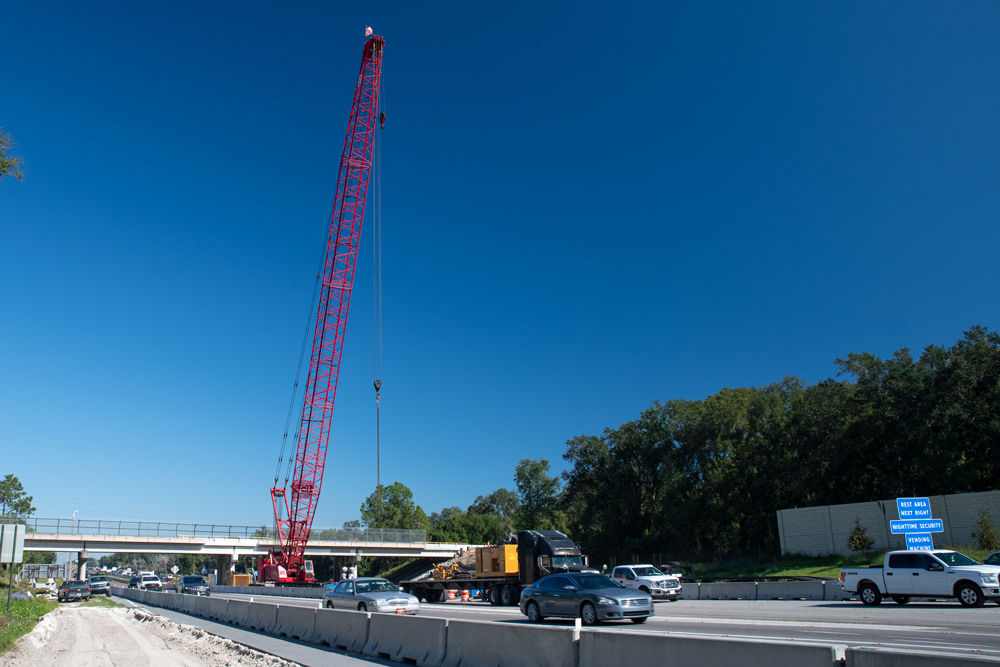
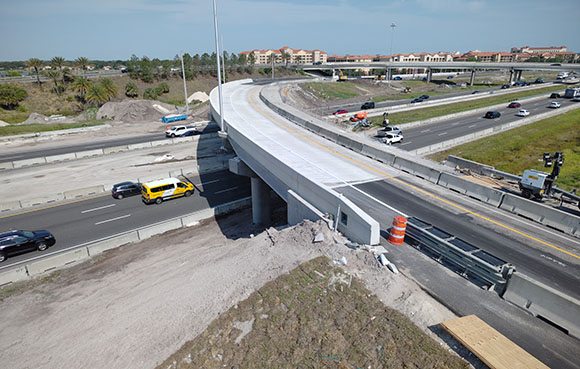 ATTENTION DRIVERS: Overnight Closures on I-4 between Kirkman Road and S.R. 528 Interchanges July 8 to 10
ATTENTION DRIVERS: Overnight Closures on I-4 between Kirkman Road and S.R. 528 Interchanges July 8 to 10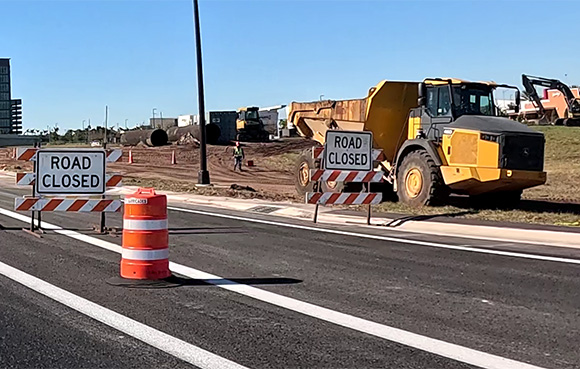 ATTENTION DRIVERS: Overnight Ramp Closures on Eastbound I-4 in Orange County July 7 and 8
ATTENTION DRIVERS: Overnight Ramp Closures on Eastbound I-4 in Orange County July 7 and 8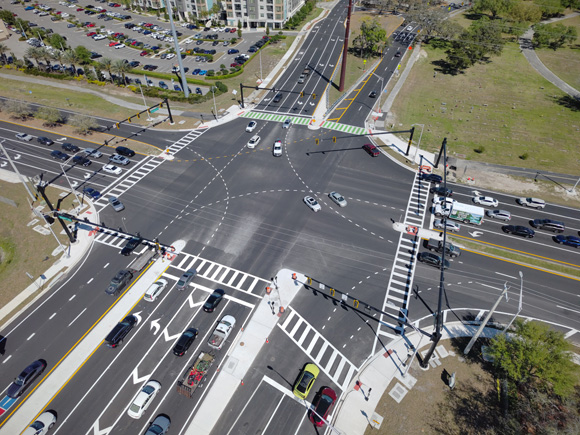 C.R. 46A and Rinehart Road Intersection Project Nears Completion
C.R. 46A and Rinehart Road Intersection Project Nears Completion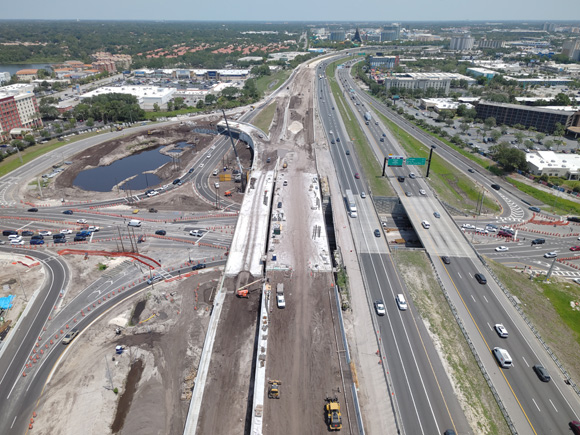 Major Traffic Shift Coming to I-4 at Sand Lake Road
Major Traffic Shift Coming to I-4 at Sand Lake Road